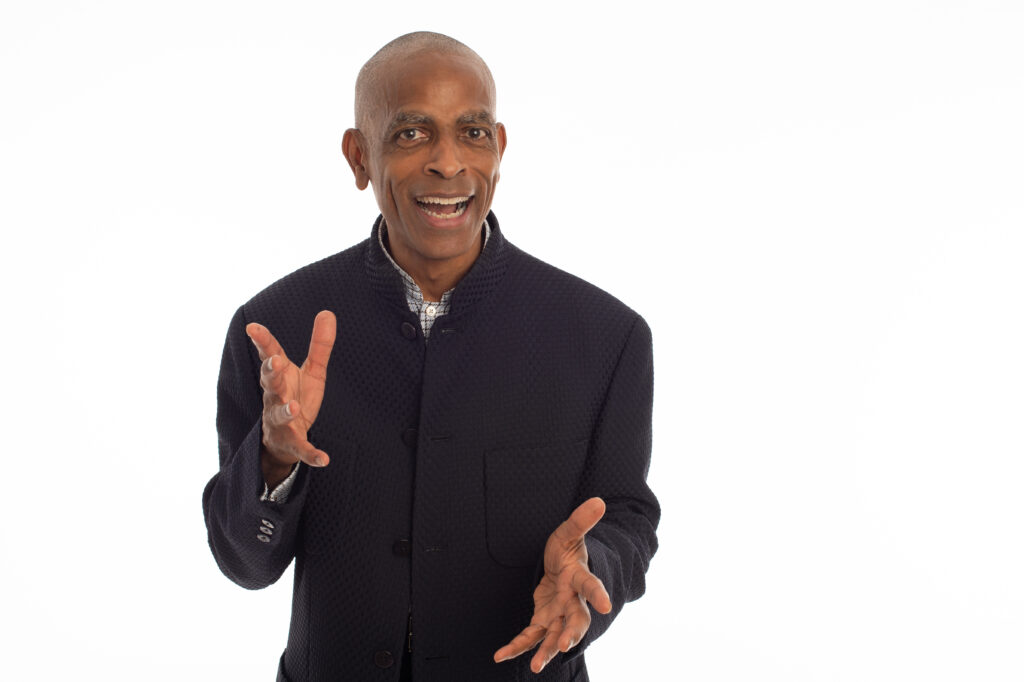An Equitable Approach
Diversity, equity, inclusion, and belonging (DEIB) are not just buzzwords to throw around to suggest you care. Organizations and individuals alike benefit from understanding and embracing these concepts with their hearts and actions.




